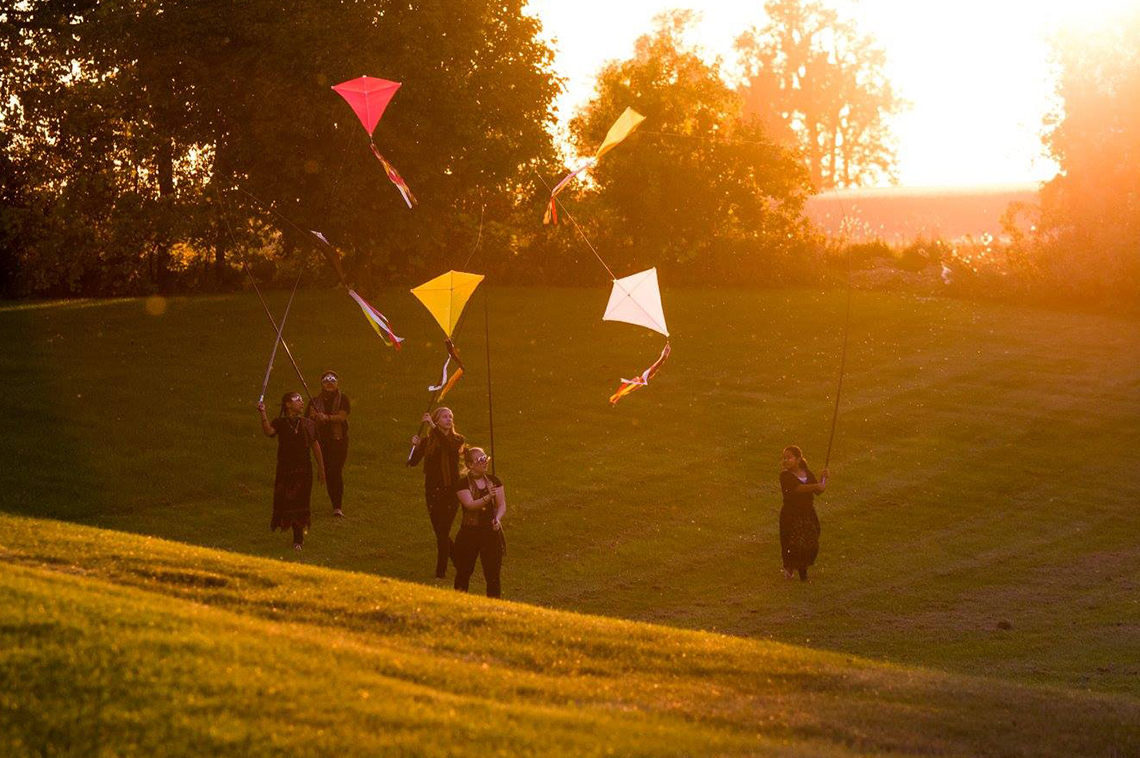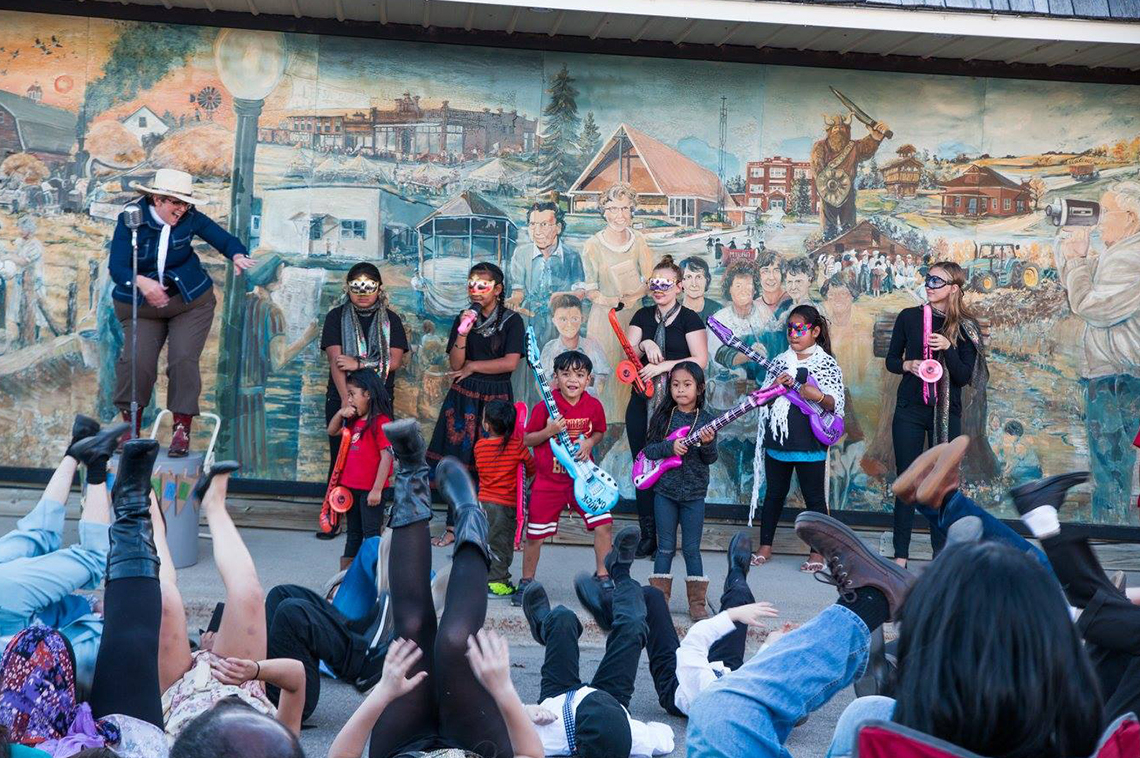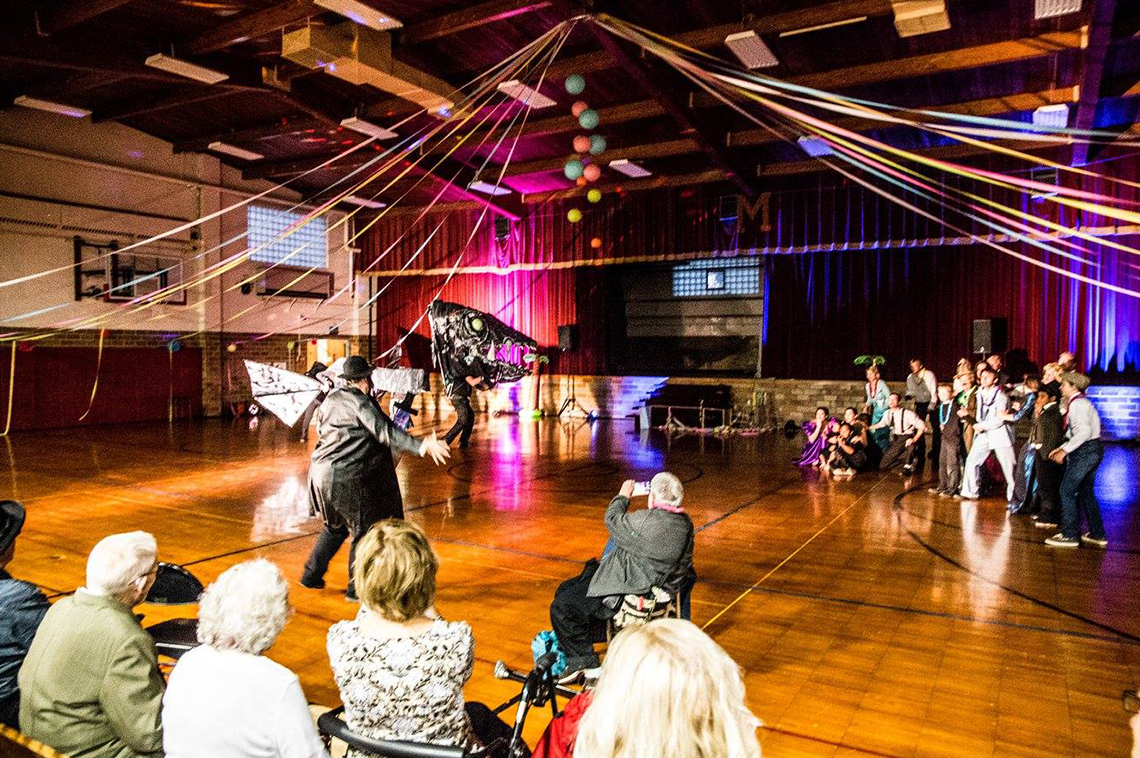


The drive to my mother’s house is one of my favorites. As I turn off the two-lane highway on to the dirt road that leads to her driveway, I am filled with memories from my childhood. My great-grandmother lived in this house before my mother. I remember, my family piling into the car, driving up north, and spending much of our summers playing in the woodlands and gravel pits. About a mile down the road, I turn left on the familiar long driveway, filled with potholes, washouts and brush growing much higher than my car. There are some visits during the year where my car won’t make it up the driveway. So, I park at the end of the road and wait for my mother to come bounding down the drive in her 4-wheel drive truck with a big smile on her face.
I have never liked the question “where are you from?” For someone like me - who grew up with divorced parents, who split my time between many homes, who moved around a lot and, and who now, as an adult, spends much of my time as an itinerant rural artist – the concept of “fromness” is complicated. It comes with a much longer answer than the name of one place. I prefer the question “where do you call home?” because it allows for more than one answer.
Where my mother lives is one of the many places that I call home. Although I have never really lived there - I didn’t attend the local high school, I’m not well versed in the community politics - I do return to this place to learn about myself, my past, and my family. I return to visit my mother, my grandmother and the ghost of my great-grandmother, and to find connection to my rural roots in order to do my work and my art better. To me, this is one version of home.
The Idea of 'Fromness'
Because of my complex relationship with the idea of “fromness,” I was drawn to a Call for Artists to work with the town of Milan, MN to explore the concept of home. The Southwest Minnesota Housing Partnership had received a Community Development Initiative grant from ArtPlace to integrate arts and culture strategies into their work. My colleague, Andrew Gaylord and I, have a theatre company called PlaceBase Productions, which works with small towns to explore community stories and connection to place through original musicals. We applied and started our work shortly thereafter.
The town of Milan is located on the prairie in Southwestern Minnesota. It is 1.2 square miles and has a total population of 356 people. Since this town was settled, it has been home to a mostly Norwegian community. Within the last 15 years, new residents from Micronesia - a collection of small islands in the Western Pacific Ocean - have moved to Milan, and now make up over one half of the population.
This relatively quick and drastic demographic change is a common story in many small towns in this region, and many of these small towns do not have access to the resources needed to support and welcome their new residents. As we got to know Milan’s new and long-term residents, we learned that there was tension in the idea of who calls this place home. And, as is true with many communities, what we recognized early on was a deep unspoken fear of change. So, before we could address “home,” we needed to take a step back and find a way to connect on common ground.
Legends of Sea Monsters
As we were researching the similarities between Norwegian and Micronesian cultures, we discovered that both have folklore about sea monsters. We also discovered that in the early 1900s, there was legend of a sea monster living in Lac qui Parle - Milan’s local watering hole. In writing our play, reference to the sea monster became a symbol of fear throughout the story, weaving its way into dialogue and song. And, as the play comes to a close in a completely ridiculous 80s prom scene, the sea monster actually appears and the entire cast unites with cardboard swords to defeat it.
But, what the audience might not know, was that after months of digging deep into stories with this community, after weeks of singing and dancing through the streets with cast members of Norwegian and Micronesian descent, we had become a close knit community. One in which we felt it was safe to host what we called a Fear Workshop, in which our cast shared - openly and vulnerably - their individual and community fears. And, then we talked about ways that we could overcome these fears, starting with simple and powerful commitments to knock on our neighbor’s door and say hello.
We wrote these fears on the teeth of the giant sea monster puppet and then we all created our own cardboard swords as representations of our tools for overcoming fears. So, that ridiculous moment of an intergenerational cast of long-term and new residents coming together to defeat a sea monster with cardboard swords, became a serious symbol for community connection, an act of civic courage that united us around our shared commitment to this place and its people. Together, we rose up against fear to protect our shared home.
Did this sentiment last beyond the preverbal curtain close? As visiting artists with limited time and resources for long-term evaluation, this question is challenging to answer or quantify. What we do know is that through our process our cast learned about each other, our pasts, and our families. We visited the ghosts of Milan and we found deep connections across different cultures. And, in doing so, our hope is that when one of the newer residents who participated in our production is asked the question “where do you call home?” that “Milan” is one of the answers. And, that it is said with fond memories and with a smile.
*Essay adapted and expanded from a Firestarter Talk given by Ashley Hanson at the National Rural Assembly in Durham, NC in May, 2018.
Ashley Hanson is a theater artist, social practitioner, storyteller, and lover of rural places. She is the co-founder of PlaceBase Productions, a theater company that creates original, site-specific musicals celebrating small town life and the founder of the Department of Public Transformation, a national arts collective that highlights, connects, and supports rural-based artists and change-makers. She is the Director of the first Small Town CAIR (City Artist in Residence) program and The YES! House, creative community gathering space in Granite Falls, MN. She was recently named a 2018 Obama Foundation Fellow for her work with rural communities. She spends most of her time on the road visiting rural places and believes wholeheartedly in the power of people, places, play, and exclamation points!





